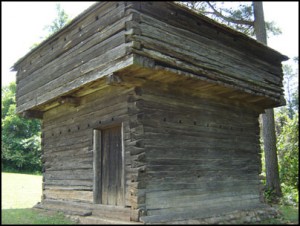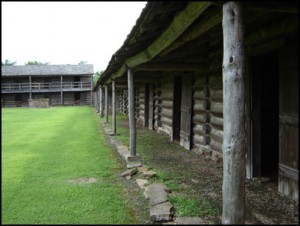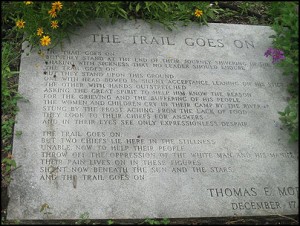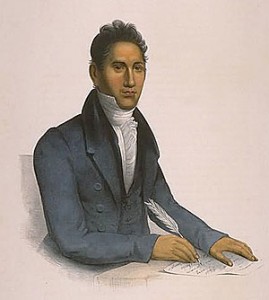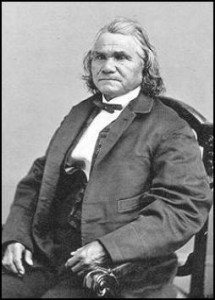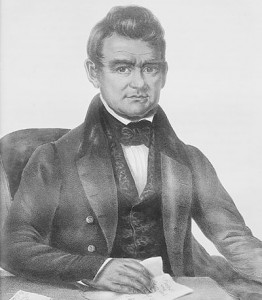In 1830 the US Congress, at the behest of President Andrew Jackson, passed the “Indian Removal Act.” With this act, the US intended to remove all Indian people to Indian Territory, land west of the Mississippi River. The majority of the Cherokee people opposed removal, but a small group of Cherokee known as the Treaty
Genealogy Queries for "trail-of-tears"
New Echota
The city of New Echota was established in 1825 as the capital of the Cherokee Nation and it would remain so until 1838, at which point the Cherokee Nation capital moved to Indian Territory with the Trail of Tears. Yet, despite its short history, this city witnessed many significant events. New Echota was, in many
Fort Smith
When Cherokee Old Settlers arrived in present-day Arkansas, they found themselves at odds with the Osage Indians, who already occupied the territory. Wars were frequent, and tensions escalated as the number of immigrant Cherokee increased. In 1817 the western migration of Cherokee was formally recognized by the US, and the first fort at Fort Smith
Fort Marr Blockhouse
Fort Marr (also called Fort Morrow) was built in 1814 as a supply depot for troops during Andrew Jackson’s campaigns against the Creek Indians. It was later abandoned, only to be regarrissoned in 1837 for troops managing the Cherokee removal. Troops stationed at Fort Marr were tasked with collecting Cherokees from their homes in the
Fort Gibson
In 1824, Cantonment Gibson (renamed Fort Gibson in 1832) was built and commanded by Colonel Matthew Arbuckle as a western outpost in Indian Territory to rest the growing tension between the Osage and the Cherokees. In 1838-1839, however, the fort took on a new role as a terminus for the Trail of Tears, the forced
Cherokee Trail of Tears Commemorative Park
In 1830 the US Congress, at the behest of President Andrew Jackson, passed the “Indian Removal Act.” With this act, the US intended to removal all Indian people to Indian Territory, land west of the Mississippi River. The majority of the Cherokee people opposed removal, but a small group of Cherokees known as the Treaty
Trail of Tears National Historic Trail Video
May 2013 marks the 175th anniversary of the tragedy known as the Trail of Tears. Tens of thousands of Cherokee (as well as Creek, Choctaw, Chickasaw, and Seminole) were rounded up from their homes by the US army, and sent to stockade camps where they would wait for their forced journey west to begin. Many
Factionalism, Fighting and the Tragedy of the Trail
The alienation and removal of the Cherokee from their ancestral lands was long in the making. White encroachment was an old problem for the Cherokee, but the sovereign right of the Cherokee over their lands had never been more compromised than it was in the 1830s. With Andrew Jackson’s election as President in 1828 and
Stand Watie – Leader and Survivor
Stand Watie was an influential member of the Cherokee Nation and a Brigadier General of the Confederacy during the Civil War. Born in Rome, Georgia in 1805, he was the younger brother of Elias Boudinot and nephew of Major Ridge. In 1835, Watie, along with his brother and other family members — all part of
The Trail of Tears
It was a rude awakening for the Cherokee in May 1838. Most people didn’t believe that the U.S. Government would actually remove the Cherokee people by force. But in late May 1838, five days before the deadline for voluntary removal, the U.S. Government began the process of forcibly removing the Cherokee people from their ancestral



